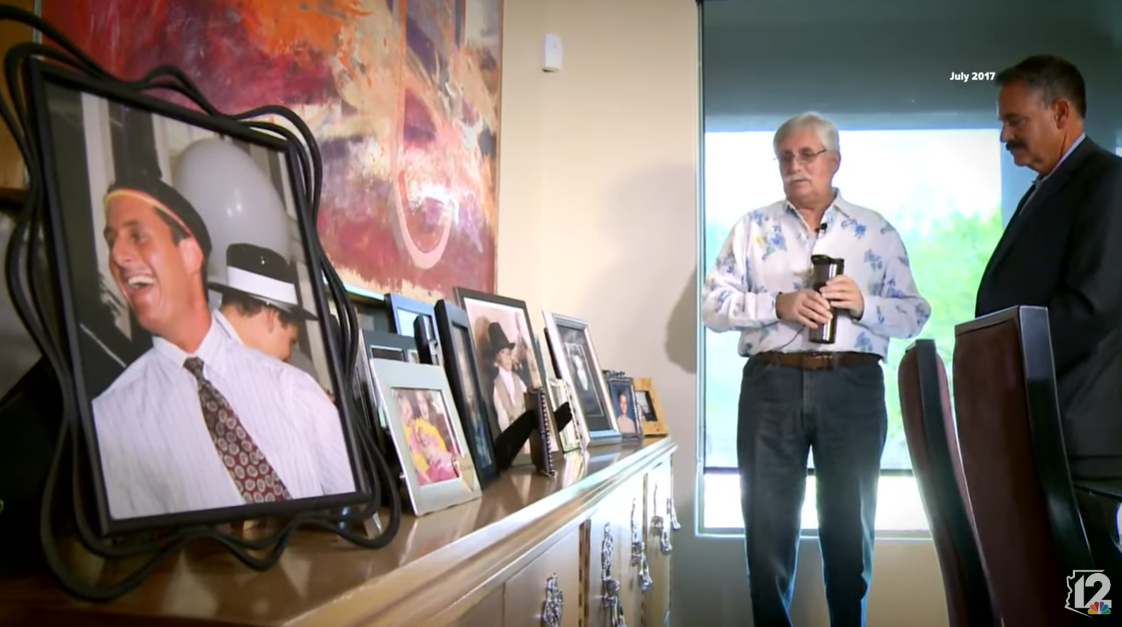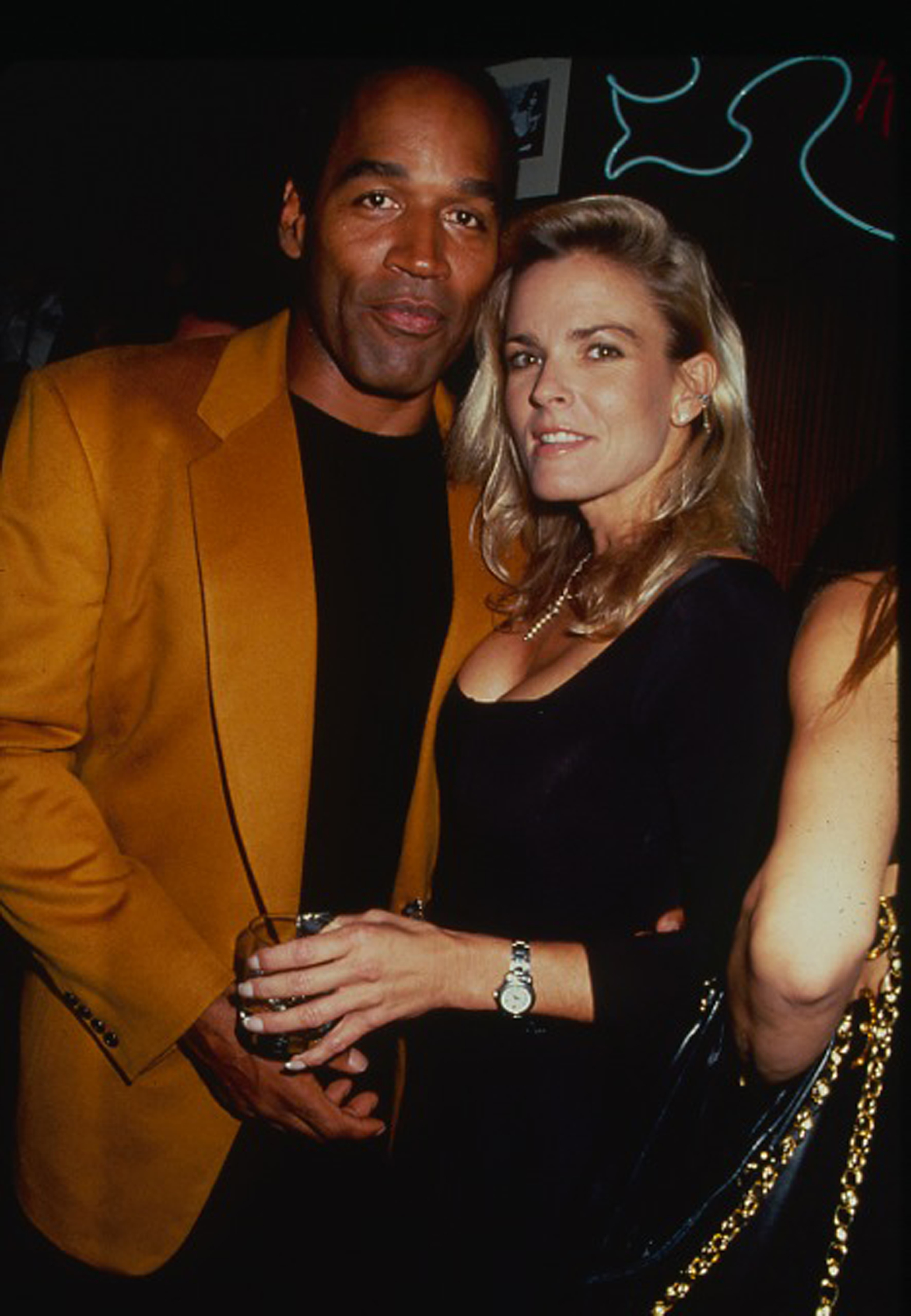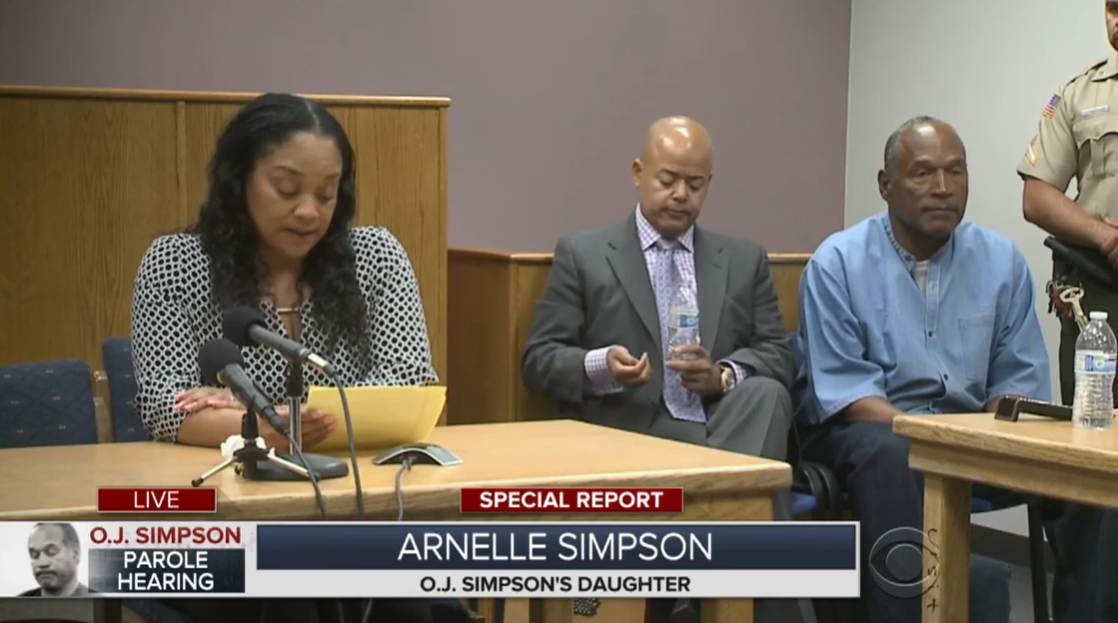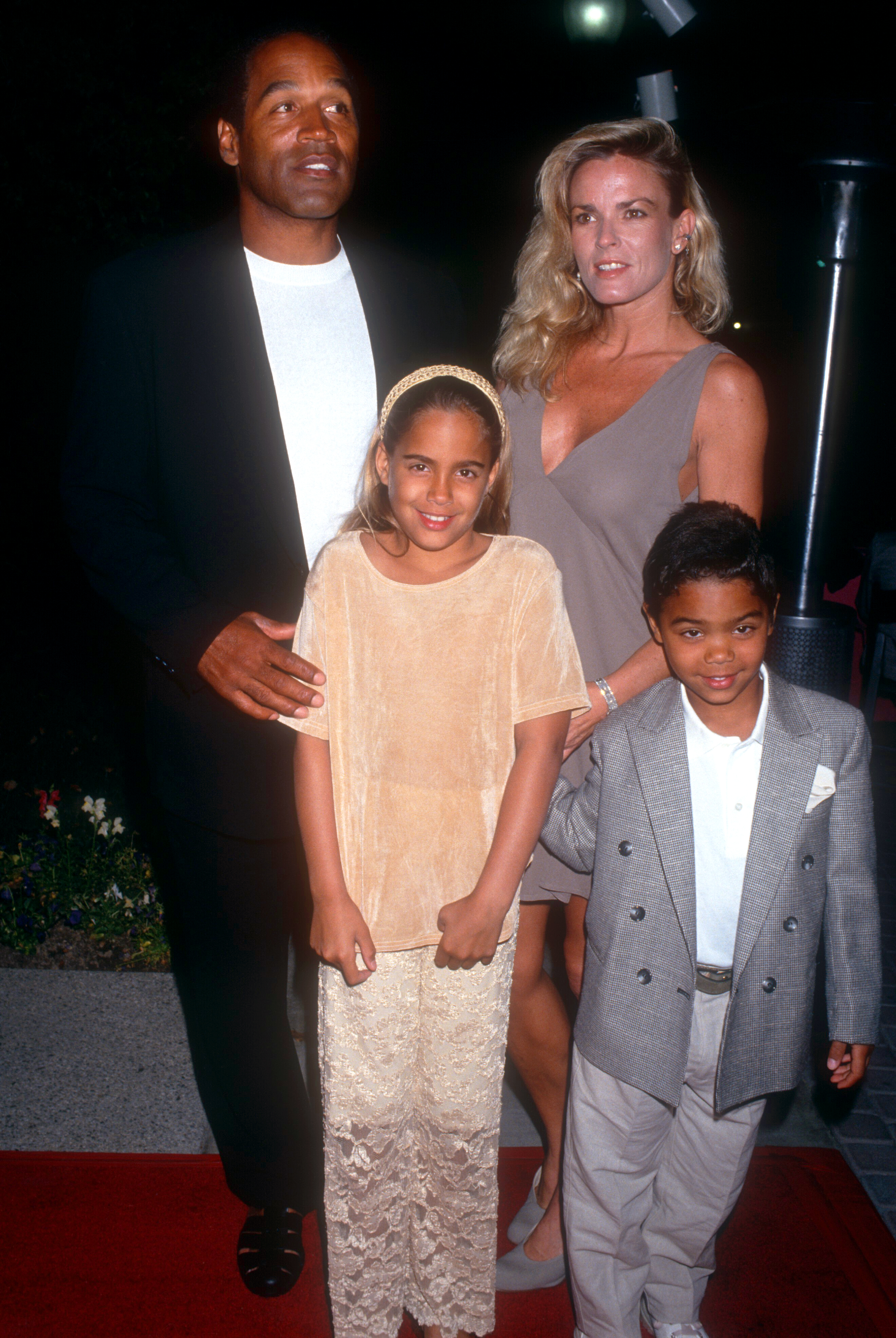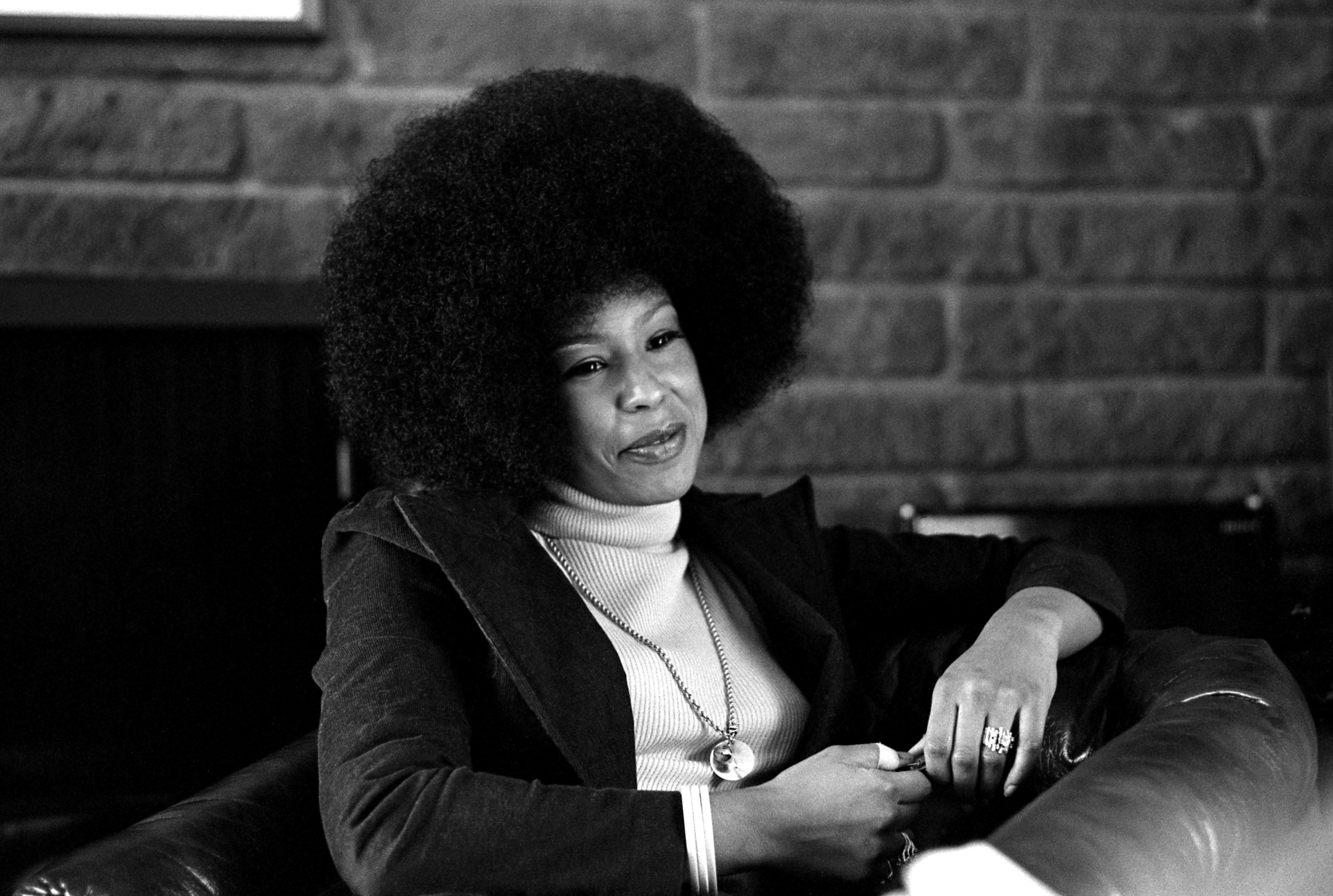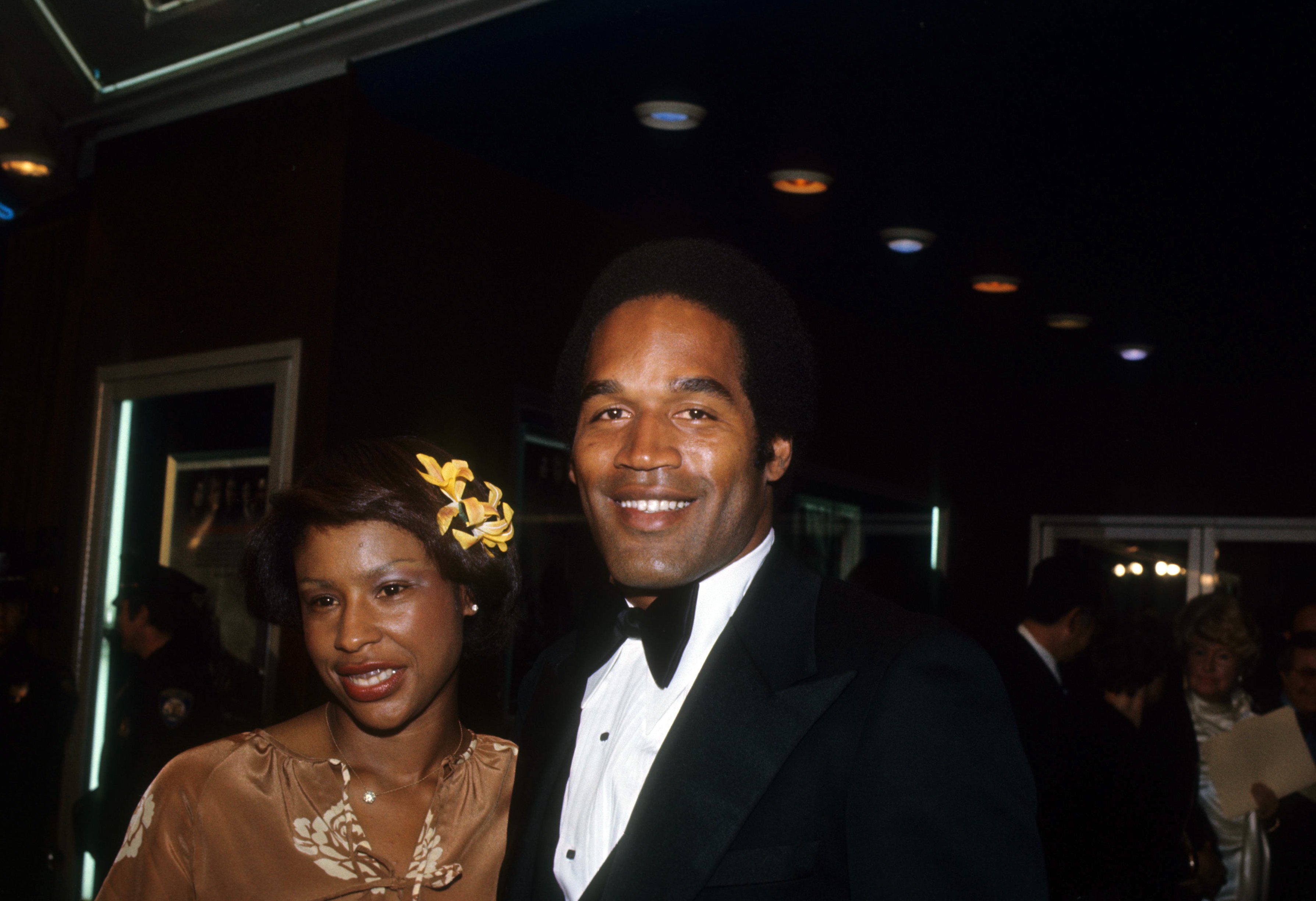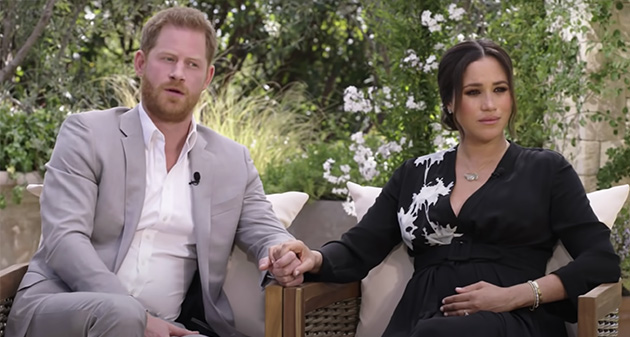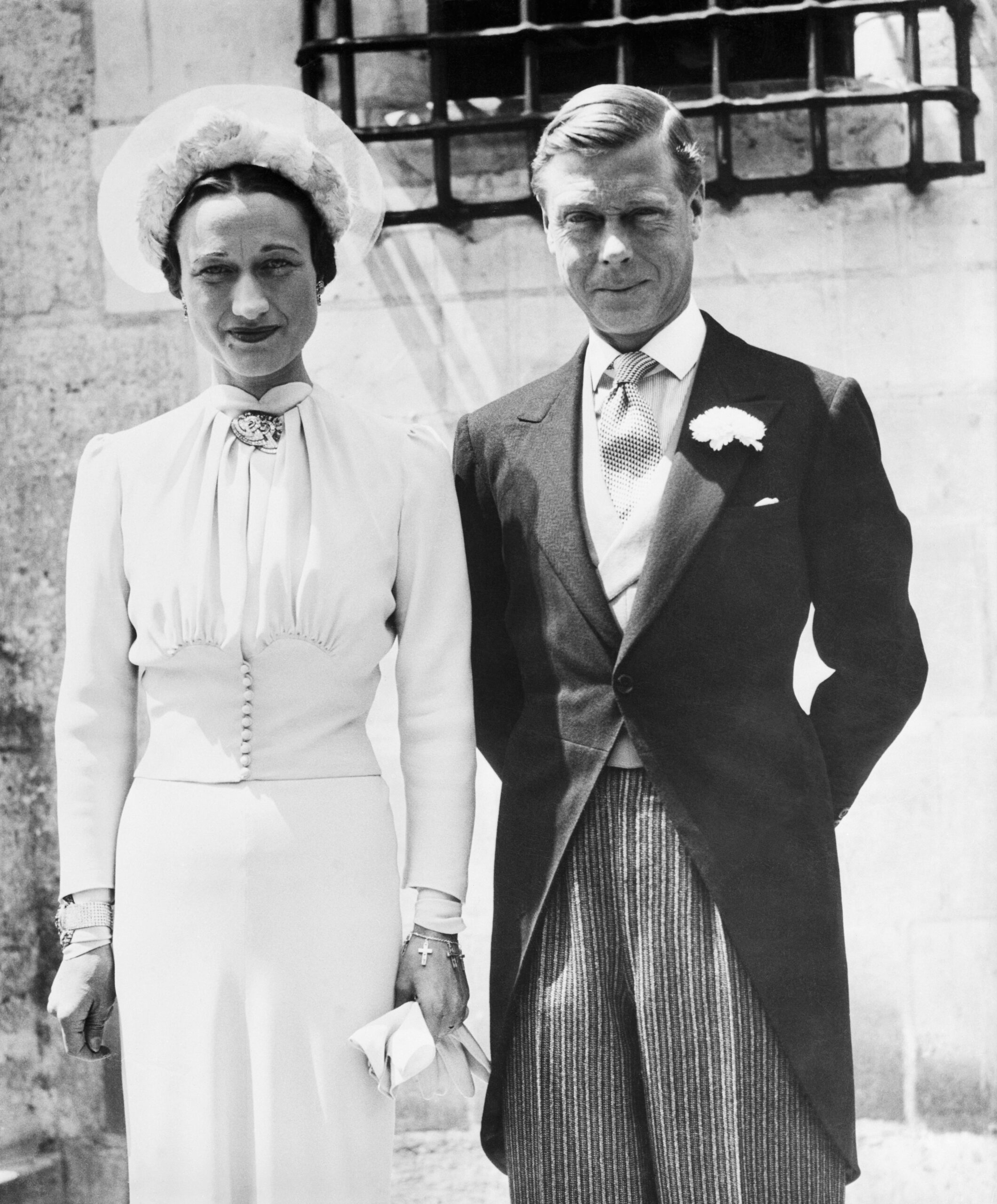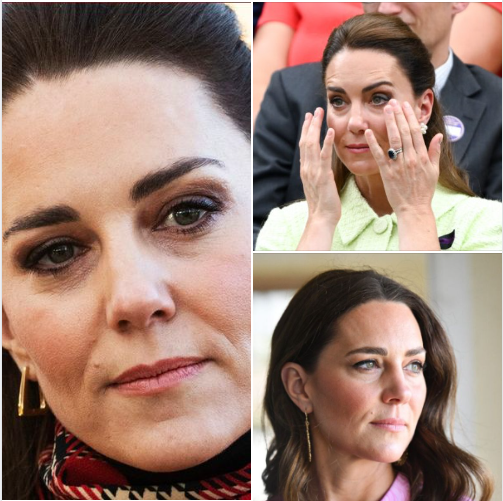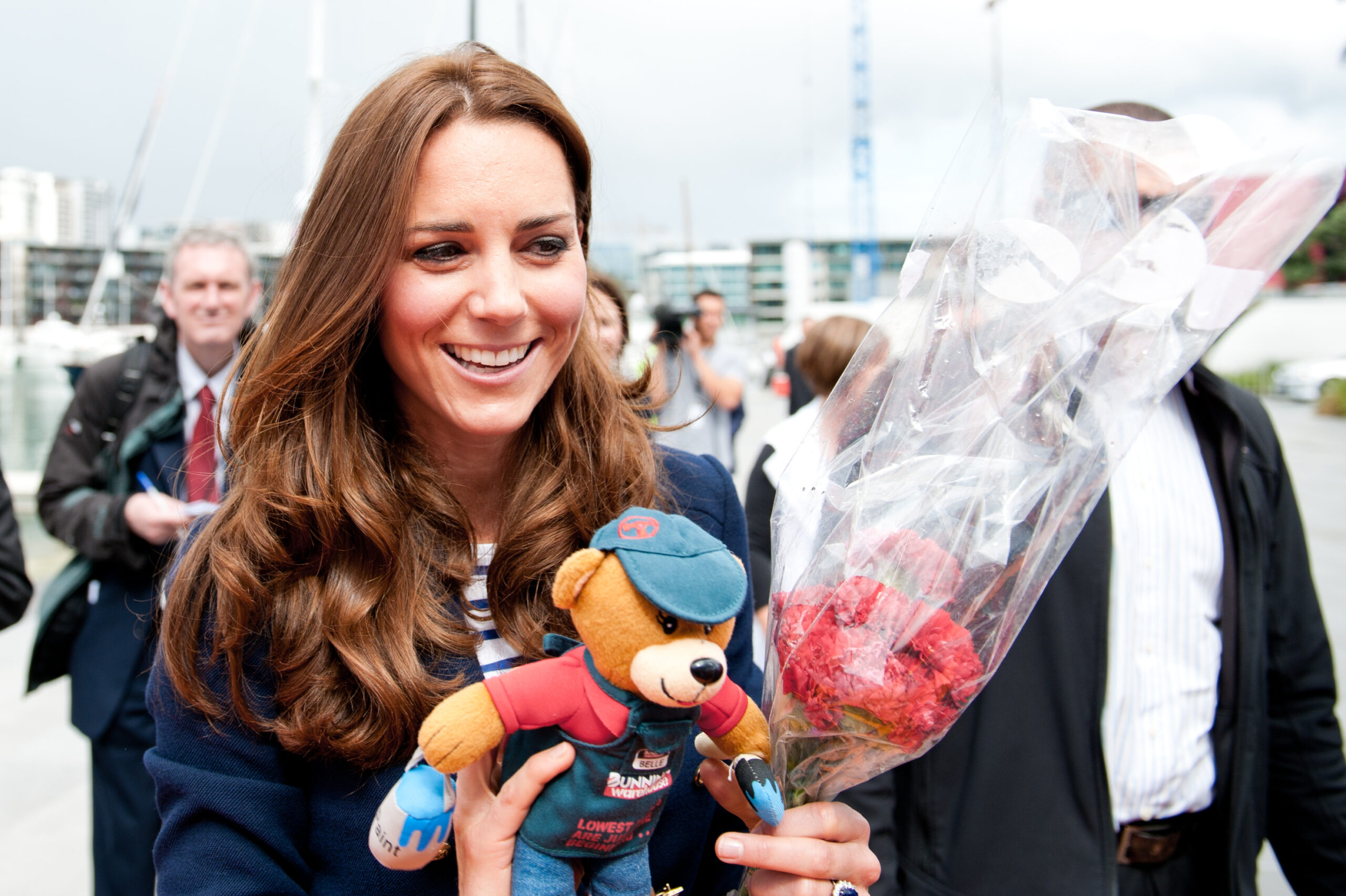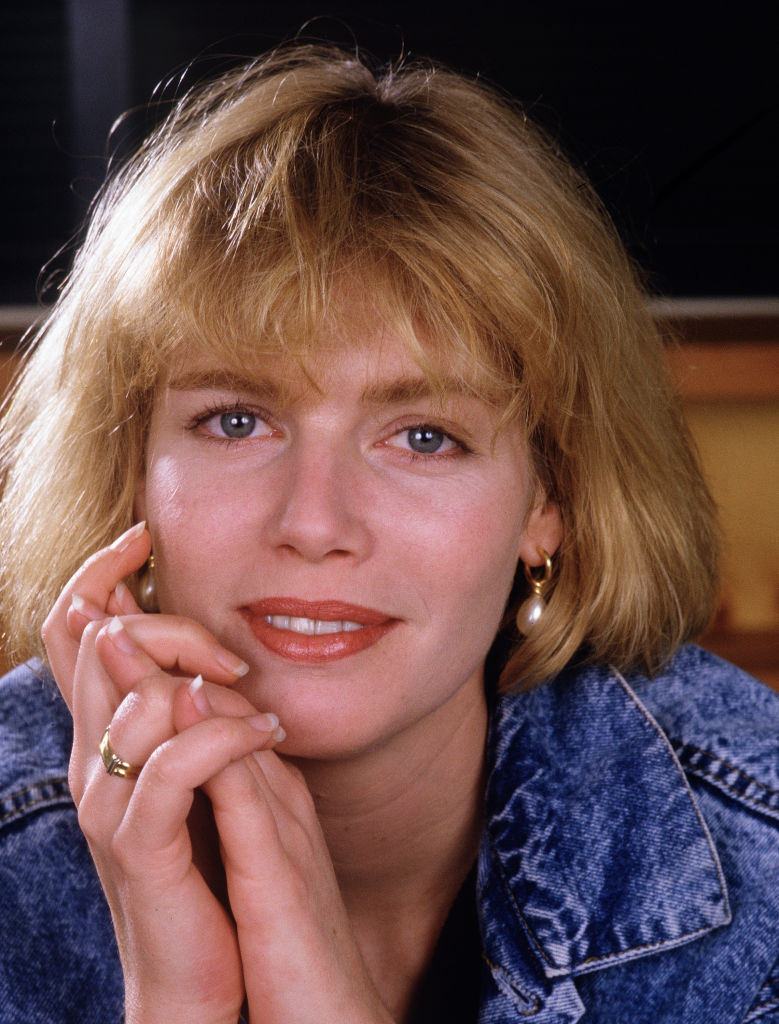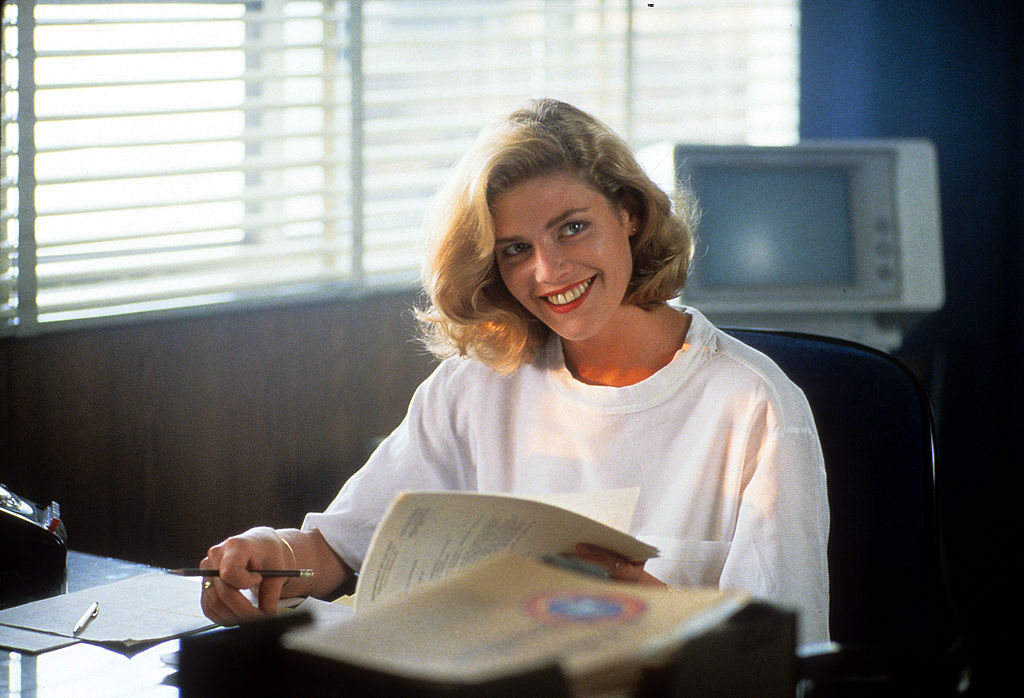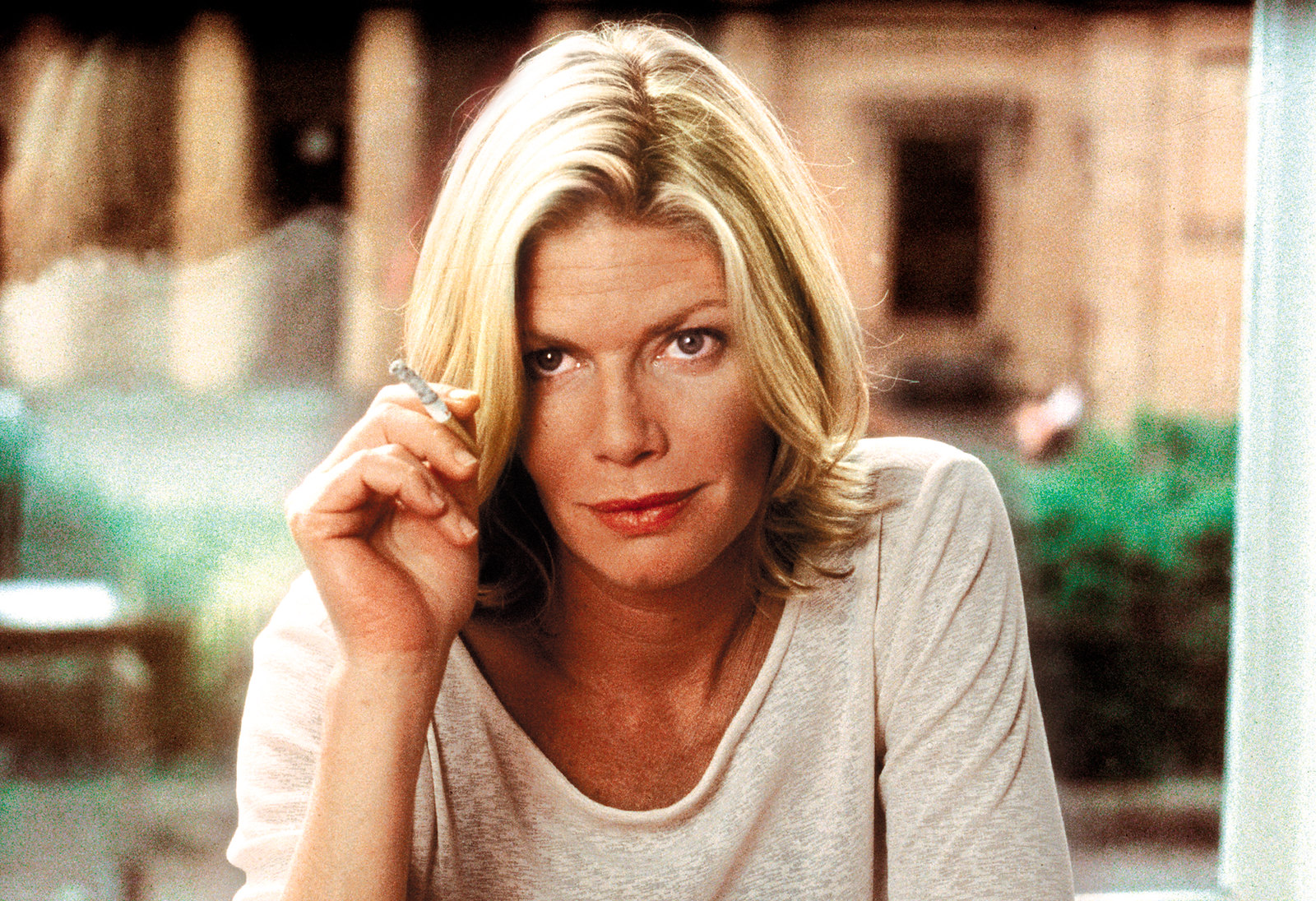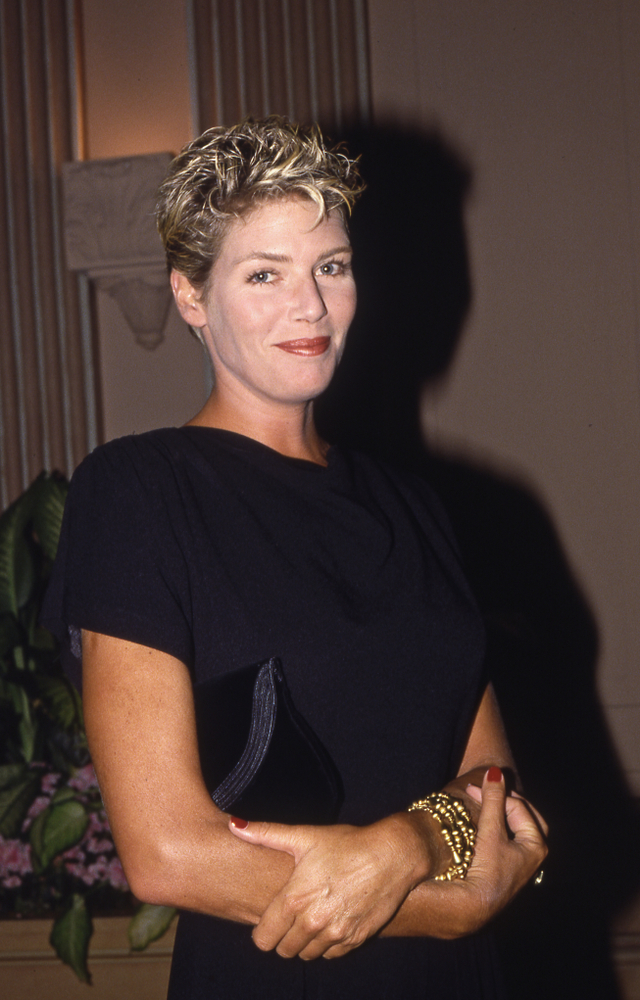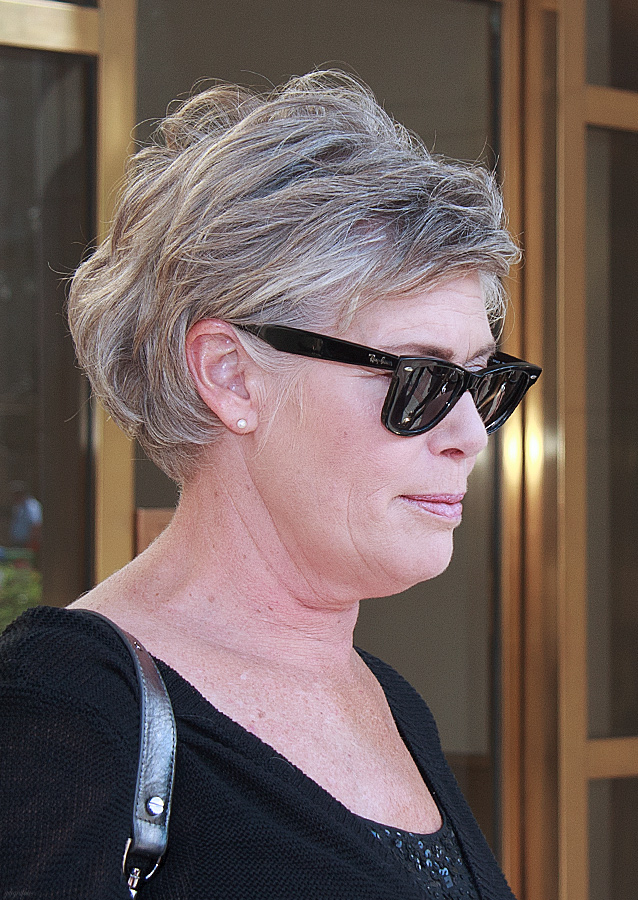Have you ever noticed how some celebrities look so similar? Sometimes you’d swear they were separated at birth. Hollywood is riddled with look-alikes, and sometimes the resemblance between stars is so uncanny, it’s downright spooky.

Judi Dench in 1999 | Source: Getty Images
Whether it’s the similar sharp gaze between Angelina Jolie and Megan Fox or the shared smiles of Reese Witherspoon and Carrie Underwood, each pairing is fascinating. From their smiles to the contours of their faces, these celebrities could easily pass for siblings, leaving fans both astonished and amused.

Steven Tyler in 2015 | Source: Getty Images
Courteney Cox and Demi Moore
When it comes to celebrity look-alikes, the striking resemblance between Courteney Cox and Demi Moore certainly stands out. Both have luscious, dark hair and sharply defined jawlines, exuding a timeless elegance that seems to defy the very concept of aging.
A particular photo of the two posing with Jennifer Aniston highlights their uncanny resemblance. Dressed in chic black outfits, with their dark hair styled in a middle part, Demi and Courteney’s similarities are so pronounced that it’s nearly impossible to tell them apart.
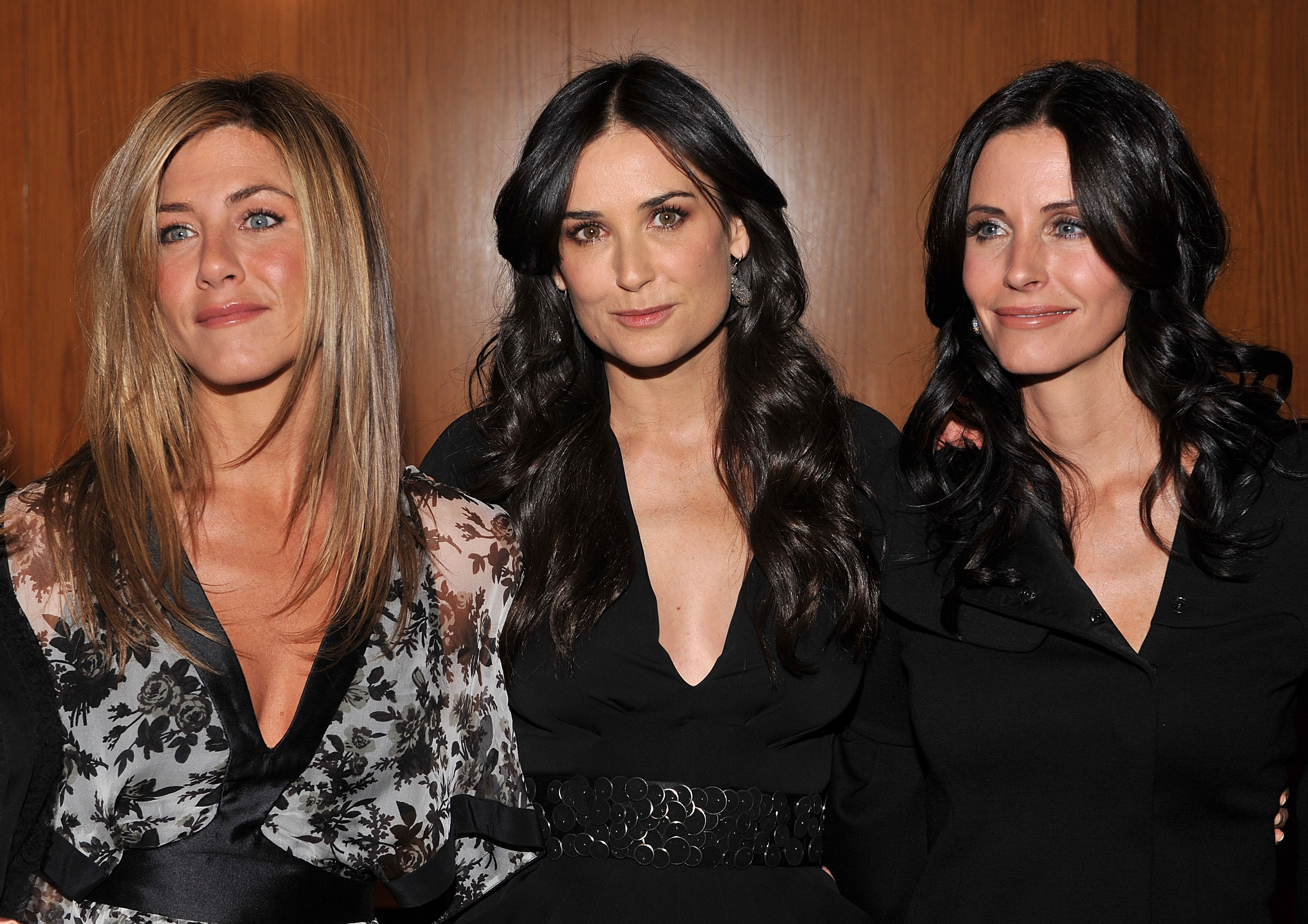
Jennifer Aniston, Demi Moore and Courteney Cox on October 14, 2008 in Los Angeles, California | Source: Getty Images
Their shared features have not gone unnoticed by fans, with one commenting, “Why are Demi Moore and Courteney Cox literally twins?” Their individual photos often confuse fans, and their joint appearances only strengthen the twin theories.

Courteney Cox and Demi Moore | Source: Getty Images
Hilary Swank and Jennifer Garner
Hilary Swank and Jennifer Garner are a duo whose resemblance has resulted in amusing and memorable encounters. The pair frequently get mistaken for one another.
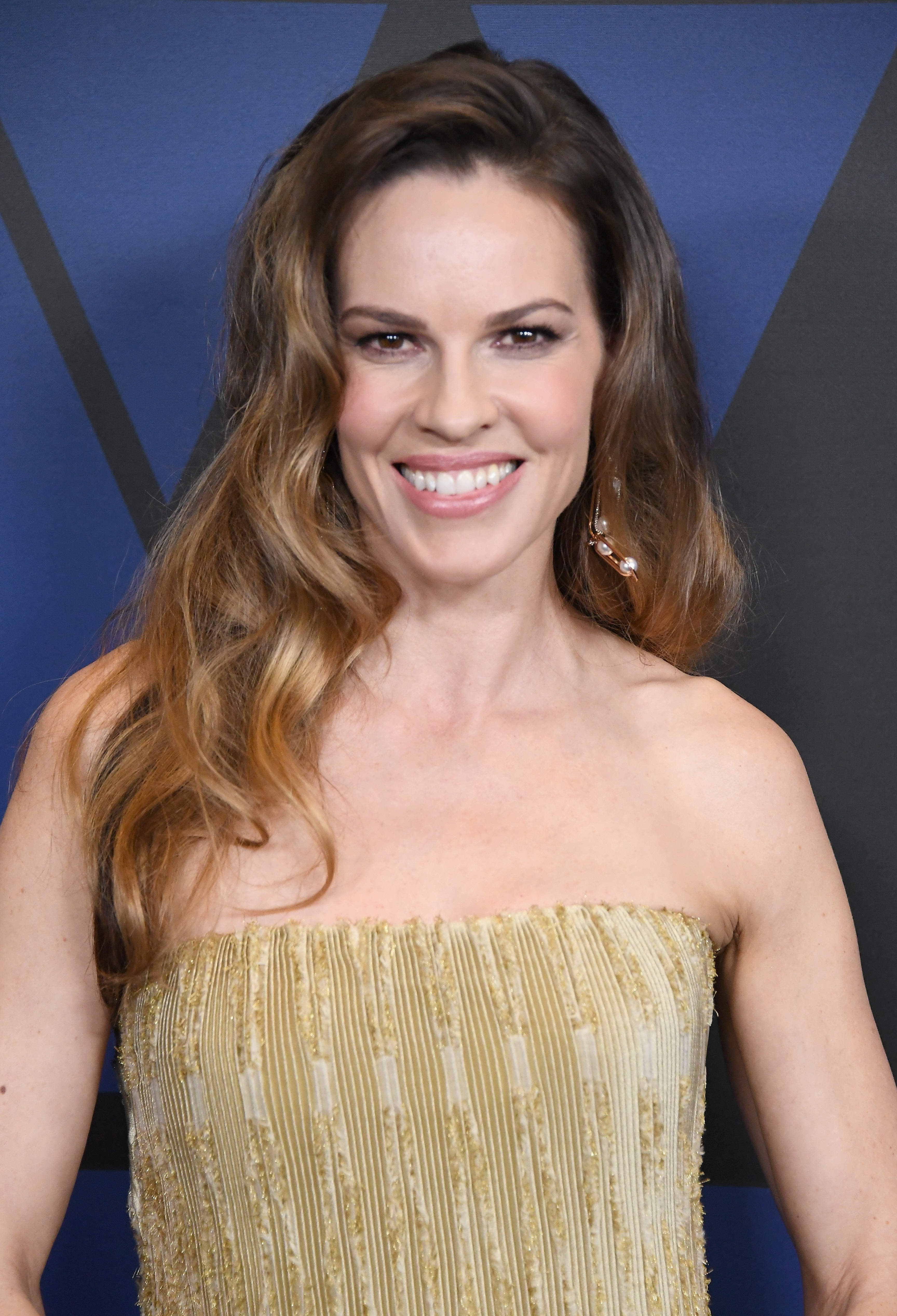
Hilary Swank in 2018 | Source: Getty Images
During an interview, Hilary shared an anecdote that perfectly illustrates these mix-ups. Fans of Jennifer often approach her for pictures and autographs. “People will get angry at me because they think I’m just trying not to sign an autograph for them or take a picture,” she said.
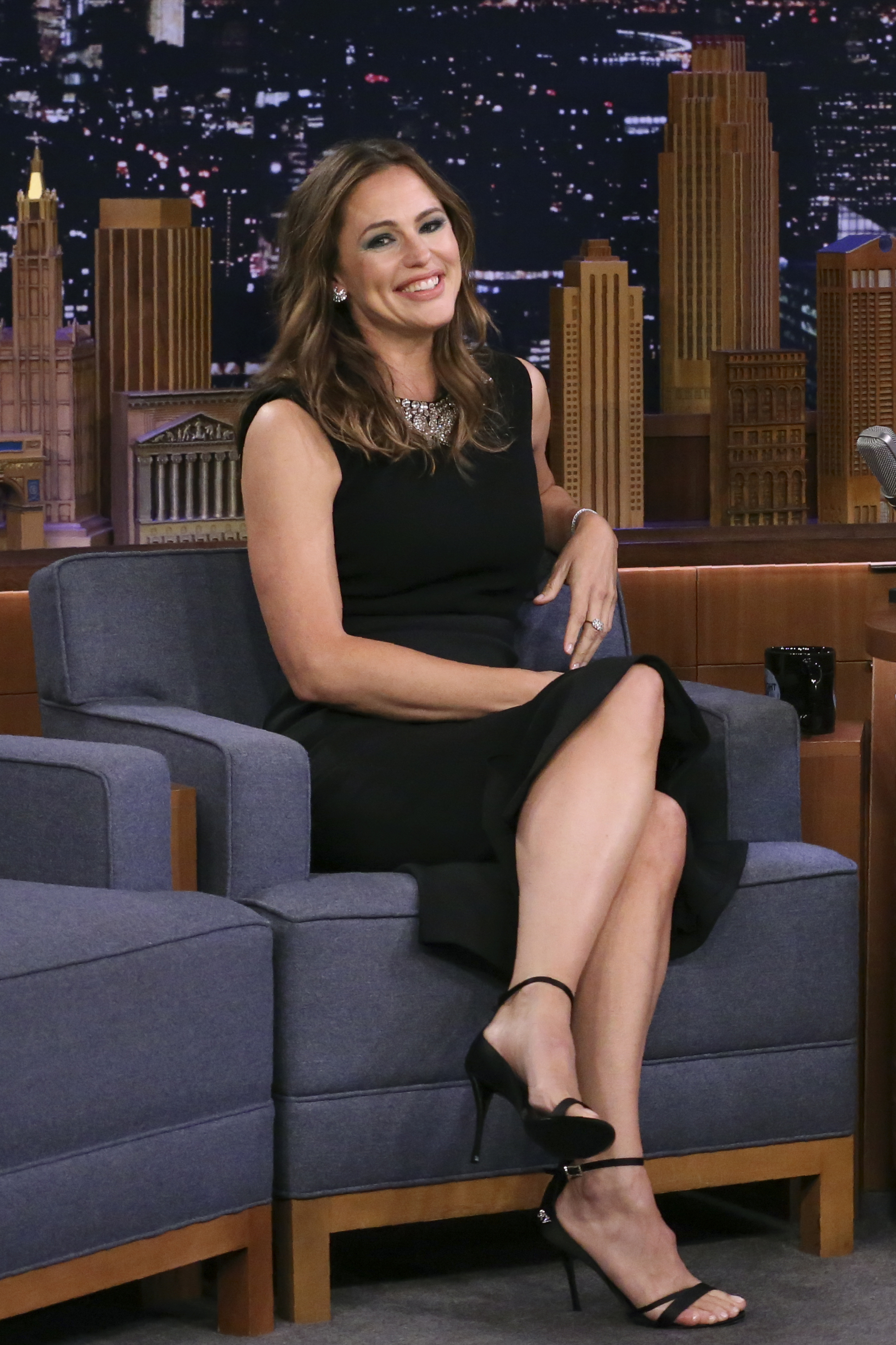
Jennifer Garner in 2019 | Source: Getty Images
In one instance, not wanting to tarnish Jennifer’s reputation, Hilary graciously agreed to take a selfie with a persistent fan. Fans have taken to social media to express their astonishment at the uncanny resemblance between the two actresses.
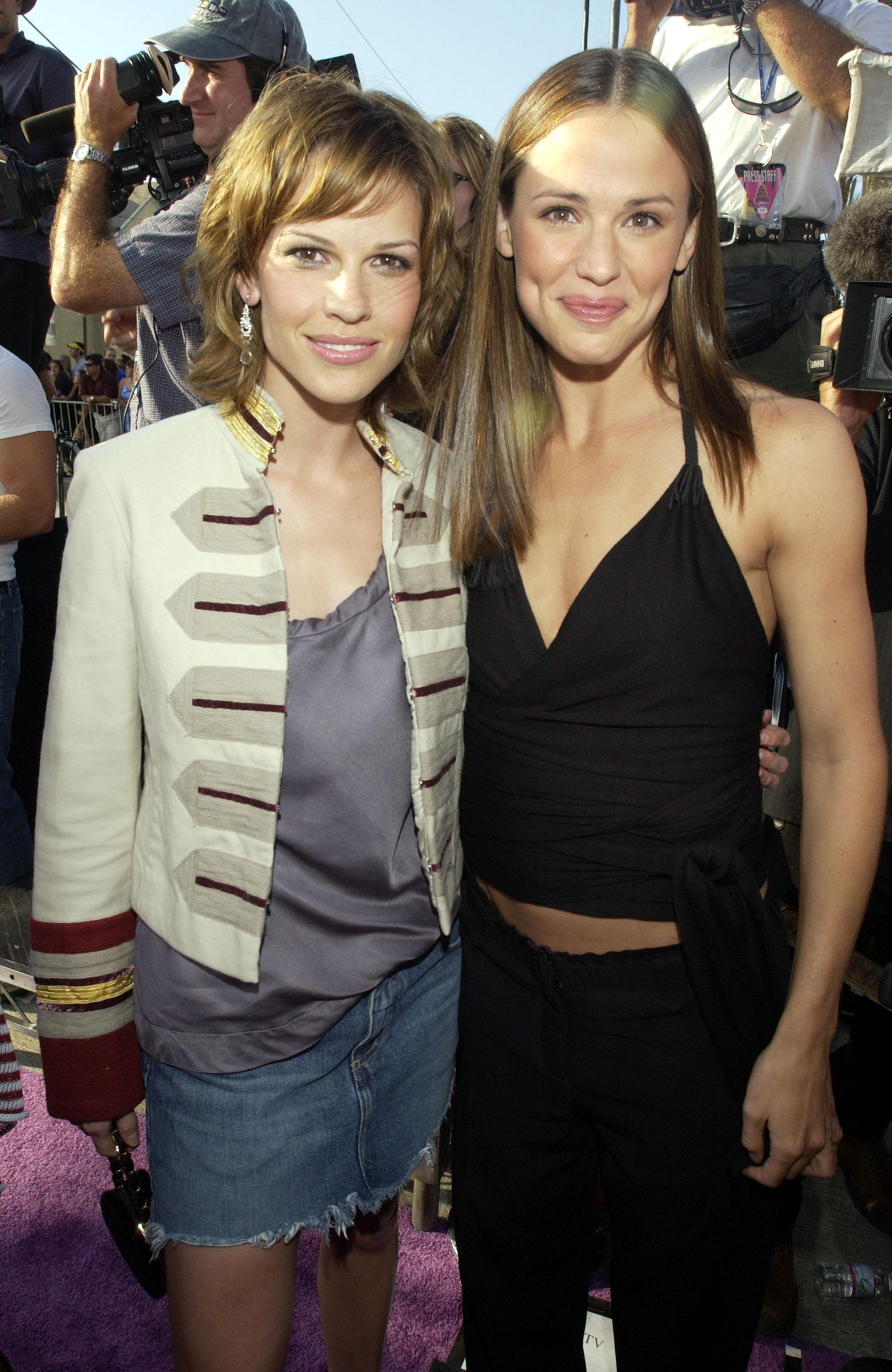
Hilary Swank and Jennifer Garner in 2002 | Source: Getty Images
One fan exclaimed, “You can’t tell me Hilary Swank and Jennifer Garner aren’t clones,” while another asked, “So Hilary Swank and Jennifer Garner aren’t the same person??” Their similar facial structures often baffle even the most avid film buffs.
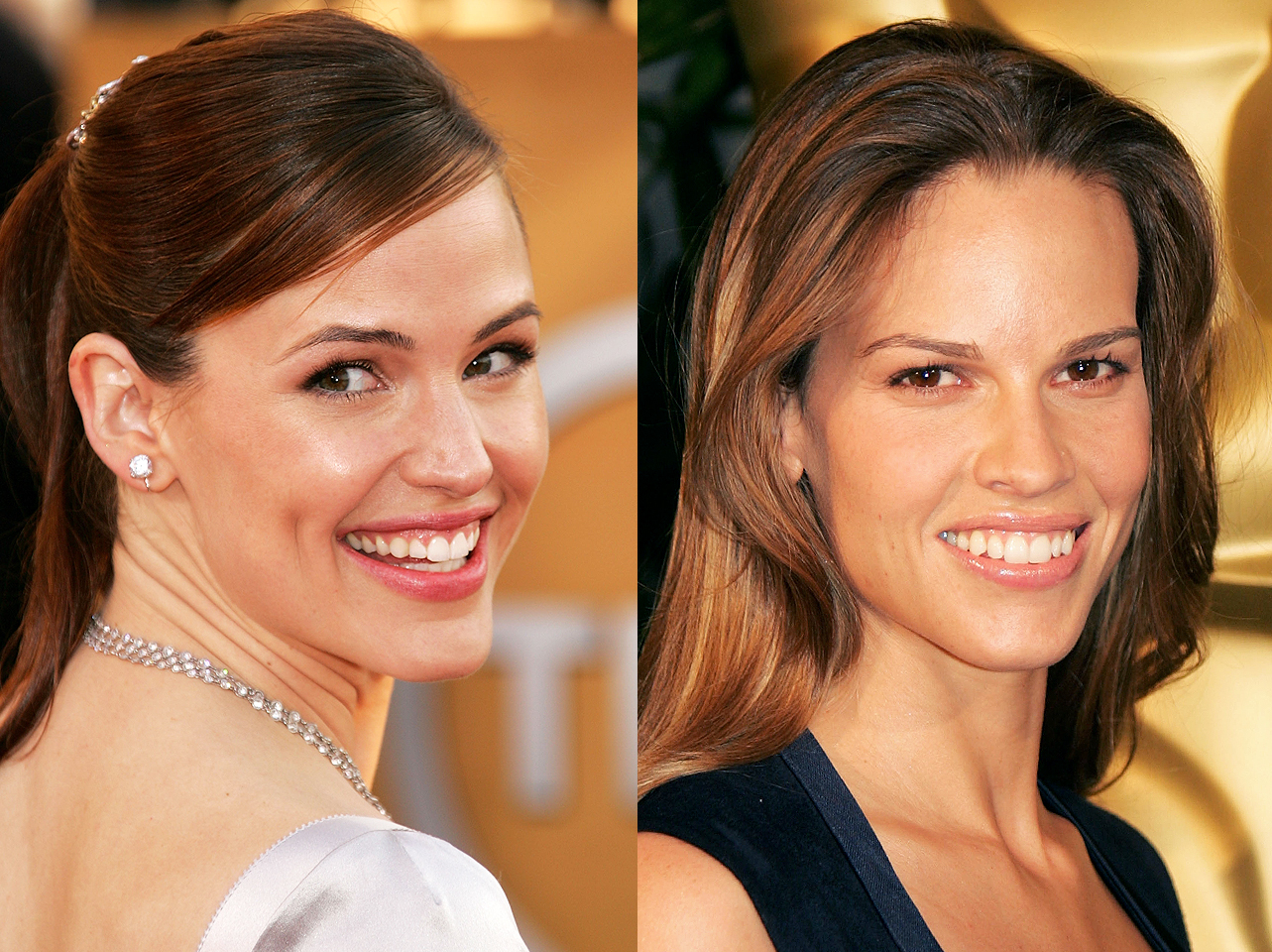
Hilary Swank and Jennifer Garner | Source: Getty Images
Jamie Lee Curtis and Judi Dench
Jamie Lee Curtis and Judi Dench are iconic actresses with distinguished careers in the film industry. Each has won an Oscar for Best Supporting Actress at around 64.
Jamie won in 2023, while Judi clinched the award in 1998. Their physical attributes further accentuate their similarities.

Jamie Lee Curtis in 2024 | Source: Getty Images
Both sport distinctive short hairstyles, a chic signature look that adds to their unique charm.

Judi Dench in 1998 | Source: Getty Images
They have strong facial structures, pronounced cheekbones, and the grace that comes with age and experience. These shared features might lead some to draw comparisons between these two respected actresses.

Judi Dench and Jamie Lee Curtis | Source: Getty Images
Caitlyn Jenner and Cindy Crawford
The likeness between Caitlyn Jenner and supermodel Cindy Crawford is hard to miss. This became particularly evident during Caitlyn’s iconic “Vanity Fair” cover shoot. Her hairstyle was inspired by Cindy’s signature look, characterized by a layered cut that adds texture and movement. Her voluminous, soft waves framed her face, just like Cindy’s.
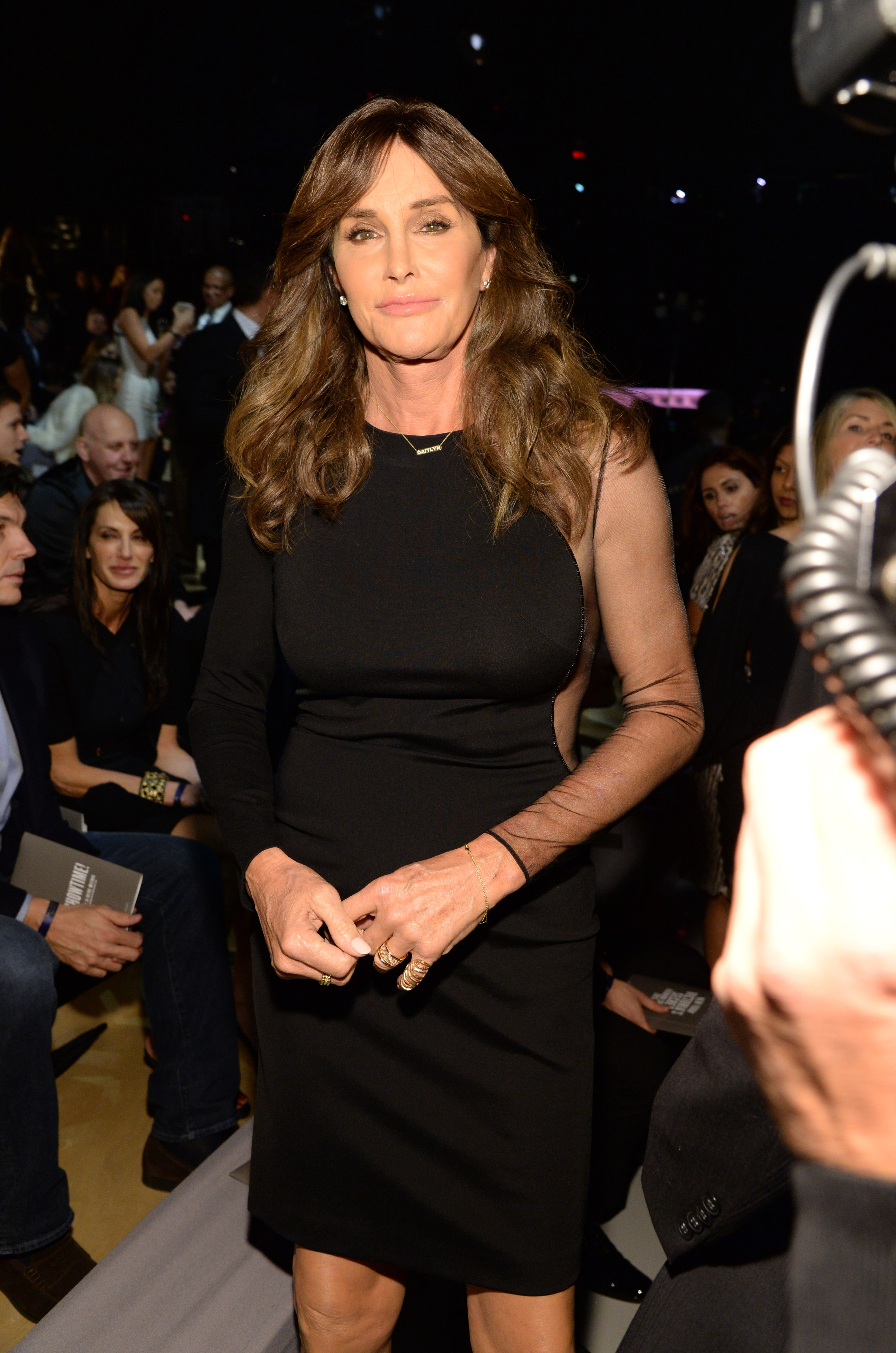
Caitlyn Jenner on November 10, 2015 | Source: Getty Images
Caitlyn and Cindy share a few facial features that contribute to their resemblance. Both have strong, defined jawlines and cheekbones, which give their faces a similar structure. They also have similar eye shapes, with arched eyebrows that accentuate their eyes.

Cindy Crawford on December 10, 2015 | Source: Getty Images
These shared attributes can create a visual parallel when styled similarly, as was the case in the magazine spread. Fans took notice of their resemblance. “Caitlyn Jenner and Cindy Crawford are twins,” one wrote. “Caitlyn Jenner and Cindy Crawford are the same person,” exclaimed another.

Caitlyn Jenner and Cindy Crawford | Source: Getty Images
Angelina Jolie and Megan Fox
People often compare Angelina Jolie and Megan Fox due to their high cheekbones, full lips, and striking eyes. Their strong jawlines and similar face shapes further accentuate their likeness.

Angelina Jolie in April 2023 | Source: Getty Images
Megan has openly admired Angelina, calling her a “superhuman goddess.” She has a deep respect for Angelina’s persona and talent.

Megan Fox in November 2023 | Source: Getty Images
Megan even humorously remarked that she would date Angelina, a statement she stood by when asked about it years later. F ans have acknowledged their striking resemblance. “Megan Fox and Angelina Jolie could star in a movie together as twin sisters,” a fan suggested.
ans have acknowledged their striking resemblance. “Megan Fox and Angelina Jolie could star in a movie together as twin sisters,” a fan suggested.
Angelina Jolie and Megan Fox | Source: Getty Images
Valerie Bertinelli and Kylie Jenner
The comparison between Valerie Bertinelli and Kylie Jenner transcends time. Valerie is known for her girl-next-door charm in the 1970s and 1980s. Kylie is a modern beauty icon with her makeup line and fashion sense. The two share a striking resemblance despite their different eras.

Kylie Jenner on March 10, 2024 | Source: Getty Images
Both women have dark, voluminous hair. A picture of younger Valerie, with her radiant smile and expressive eyes, could easily be mistaken for Kylie, who shares these same captivating features.

Valerie Berinelli in 1985 | Source: Getty Images
Interestingly, both had sons named Wolf, although Kylie later renamed her son. “[I] just realized Kylie Jenner and Valerie Bertinelli look so much alike,” wrote a fan on X.

Kylie Jenner and Valerie Bertinelli | Source: Getty Images
Candace Cameron Bure and Beverly D’Angelo
Candace Cameron Bure and Beverly D’Angelo are from different eras but they have some similar features.

Beverly D’Angelo in 1984 | Source: Getty Images
Candace is known for her role as D.J. Tanner in “Full House,” while Beverly starred as Ellen Griswold in “National Lampoon’s Vacation.”
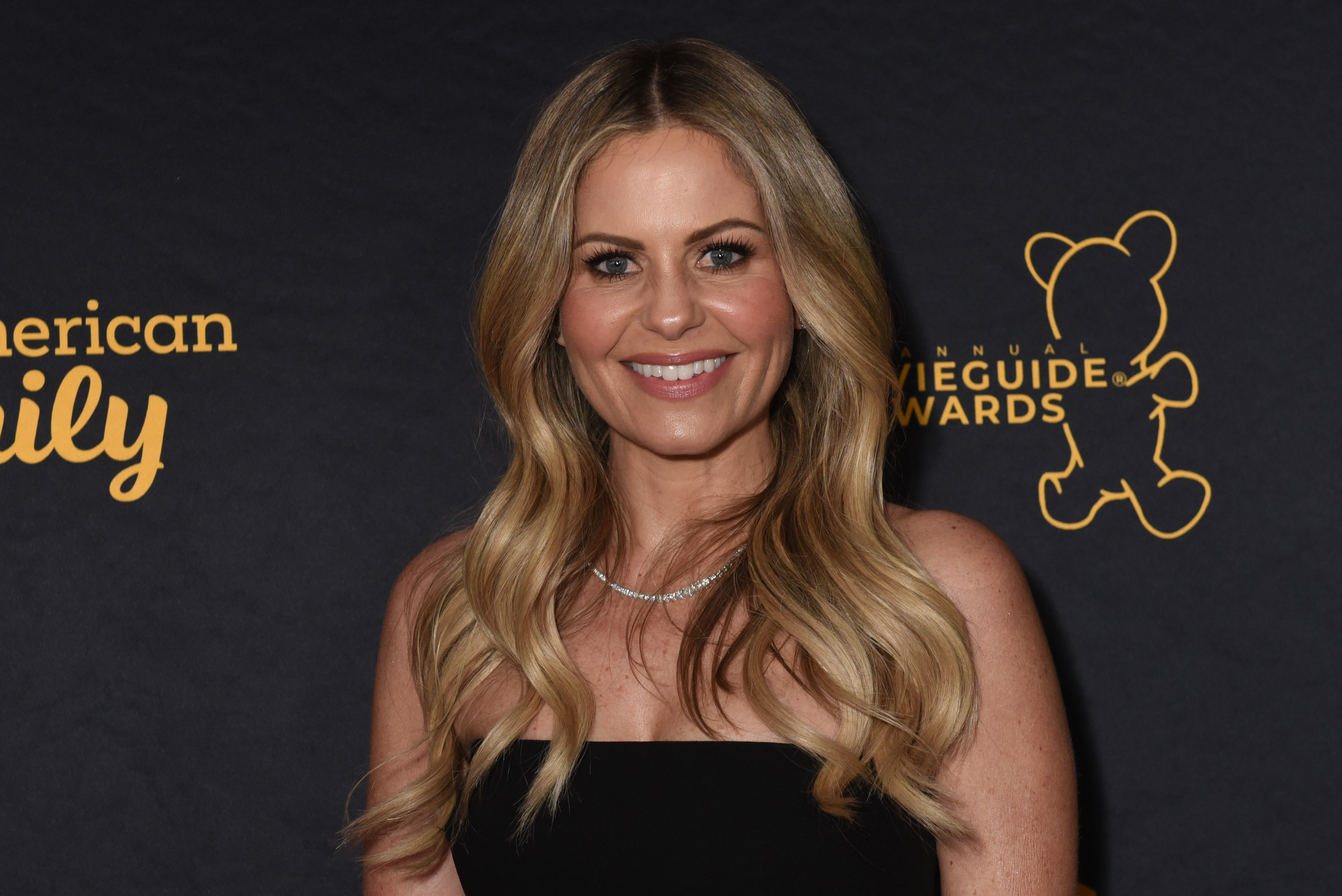
Candace Cameron Bure on February 9, 2024 | Source: Getty Images
Both actresses have captivating blue eyes and brown hair, features that add to their charm and screen presence. They also have similarly arched eyebrows and similar noses.

Candace Cameron Bure and Beverly D’Angelo | Source: Getty Images
Tori Spelling and Khloé Kardashian
Tori Spelling and Khloé Kardashian have been noted for their similar style choices and physical features. Both women are known for their glamorous contoured makeup and waist-length blonde hair.
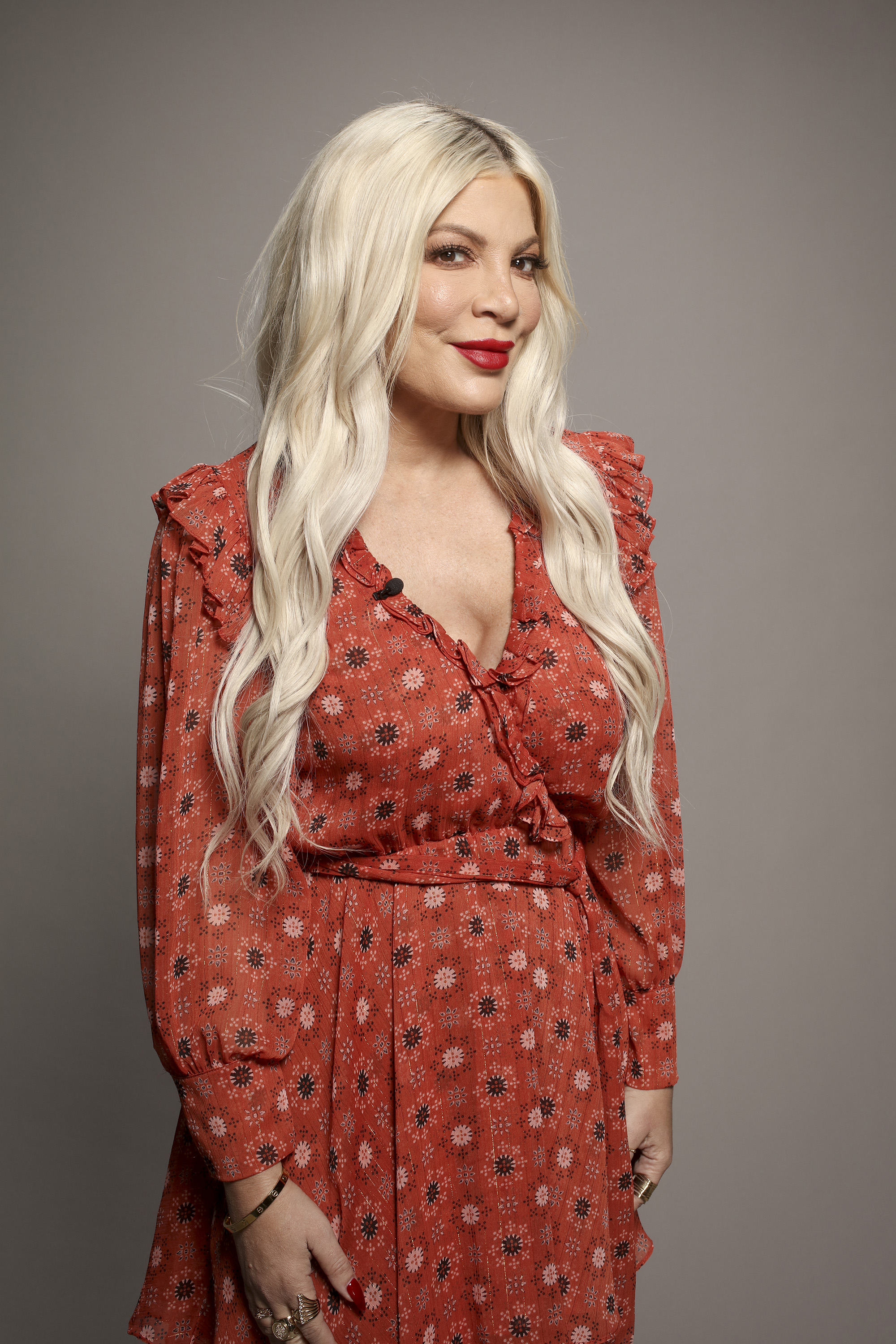
Tori Spelling on October 19, 2021 | Source: Getty Images
Tori was seen wearing a denim jumpsuit similar to one previously worn by Khloé. This furthered the comparisons between their styles.
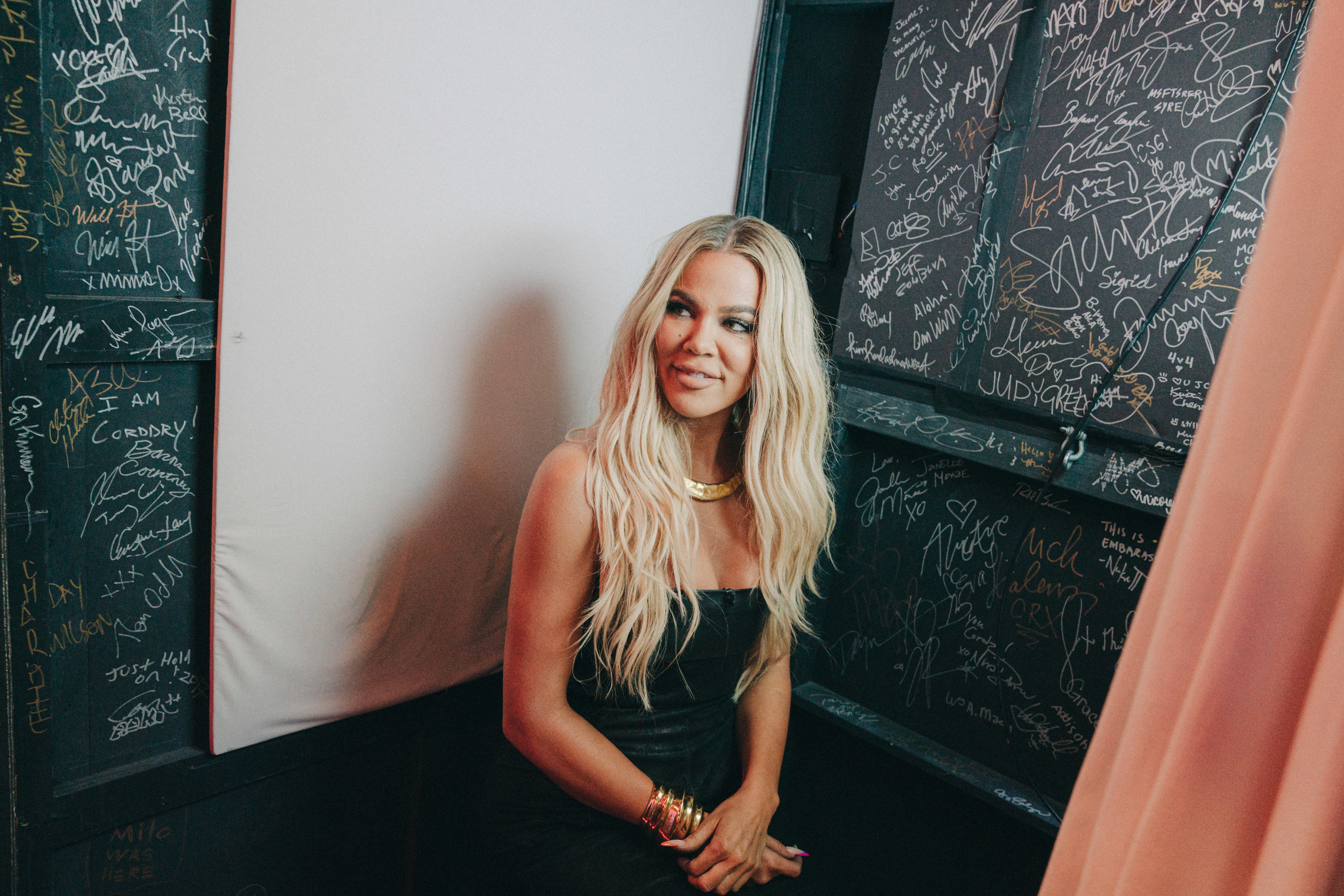
Khloé Kardashian on September 27, 2021 | Source: Getty Images
Tori acknowledged the comparisons and expressed that she was honored to be likened to Khloé, whom she regarded as gorgeous. “Tori Spelling [looks] more like Khloe Kardashian than Khloe Kardashian,” a fan commented.
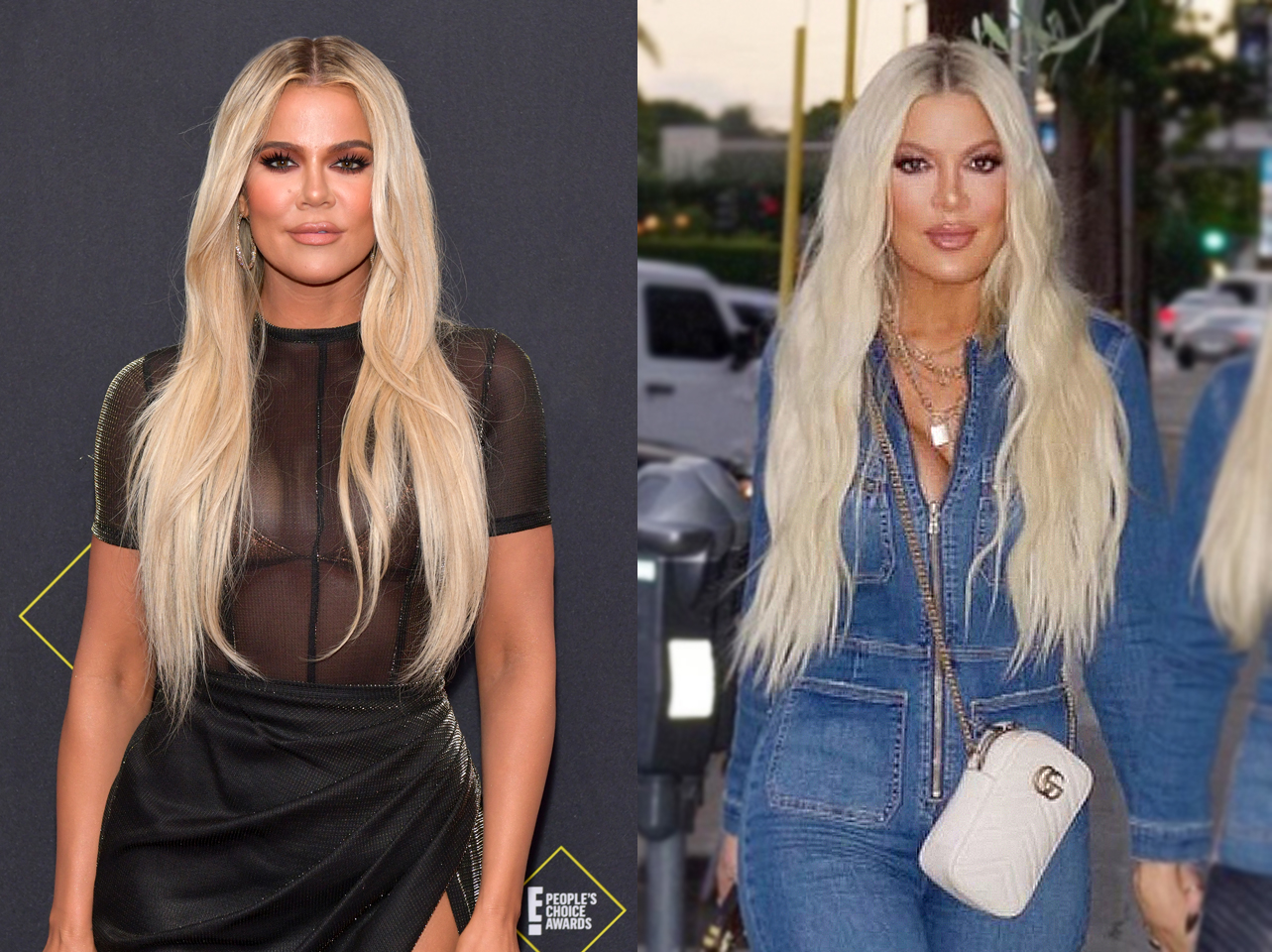
Khloé Kardashian and Tori Spelling | Source: Getty Images | Instagram/@torispelling
Julia Roberts and Steven Tyler
The comparison between renowned actress Julia Roberts and legendary musician Steven Tyler defies gender boundaries. The two share a striking resemblance that’s hard to ignore. Both have prominent, wide smiles.

Julia Roberts on December 4, 2023 in New York City | Source: Getty Images
The shape of their mouths, especially when smiling, is similar, adding to their likeness. They have full, well-defined lips that stand out in their facial structure. Their high, sharp cheekbones give their faces a similar contour. Additionally, their often-styled long, curly hair contributes to their comparable appearance.

Steven Tyler on February 4, 2024 in Los Angeles, California | Source: Getty Images
“I’m either trippin’ right now… or Julia Roberts and Steven Tyler are the same person,” one fan joked. One admitted, “Wow- I just mistook a picture of Julia Roberts for one of Steven Tyler.” “#thingsthatwouldblowyourmind if Julia Roberts and Steven Tyler DIDN’T look exactly alike,” another fan exclaimed.

Julia Roberts and Steven Tyler | Source: Getty Images
Reese Witherspoon and Carrie Underwood
Reese Witherspoon and Carrie Underwood look so much alike that some fans can’t tell them apart. Both women have blonde hair, similar facial structures, and bright smiles.

Reese Witherspoon on February 24, 2024 in Los Angeles, California | Source: Getty Images
Reese is known for her roles in films like “Legally Blonde,” while Carrie is a country music icon. Reese once was mistaken for Carrie in a parking lot.
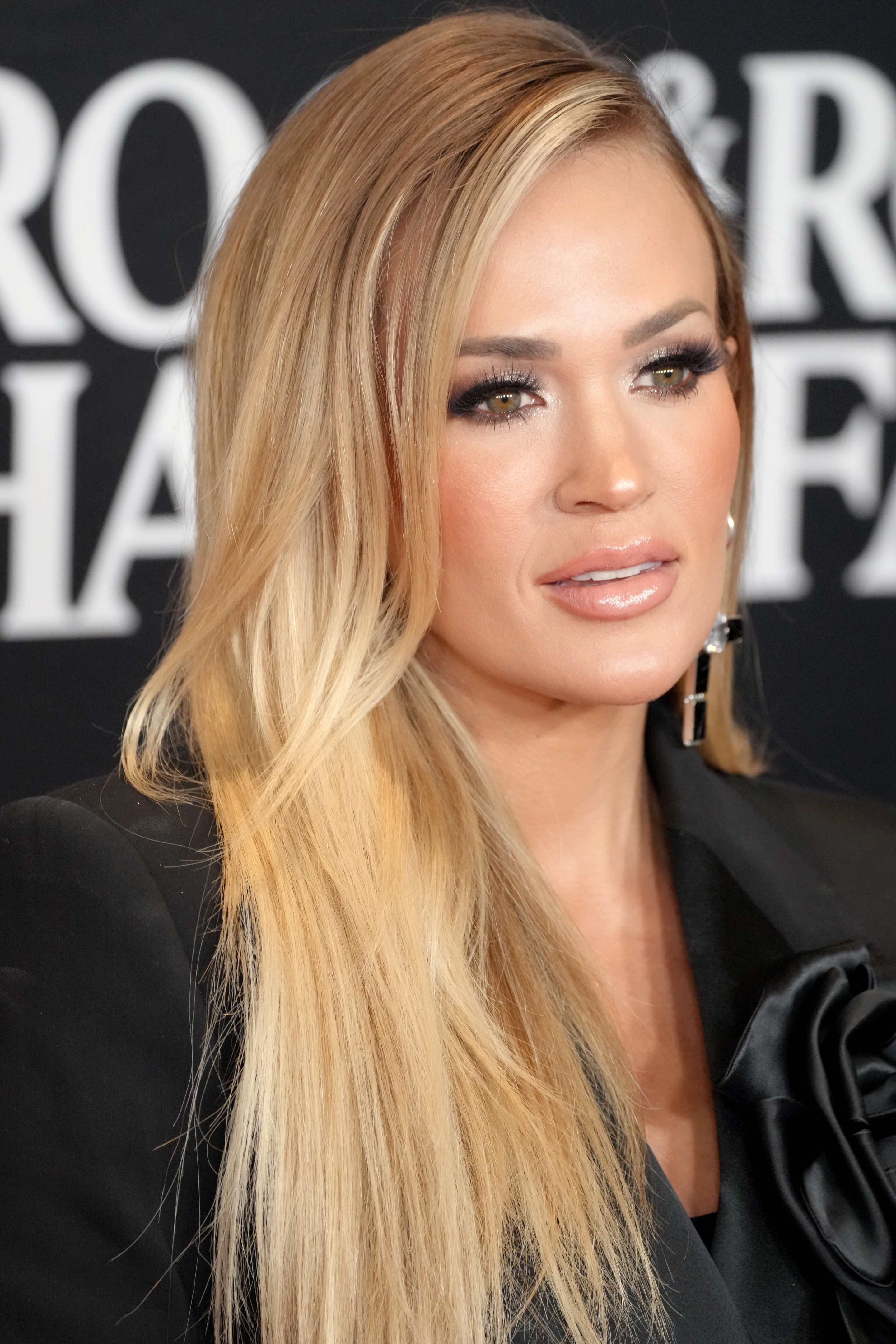
Carrie Underwood on November 3, 2023 in New York City | Source: Getty Images
She took it in stride, posting on social media, “To the woman in the parking lot who just asked me if I was Carrie Underwood: You officially made my day!” Carrie responded with equal humor, “YOUR day?!?!?!?! That lady just made my whole life!”
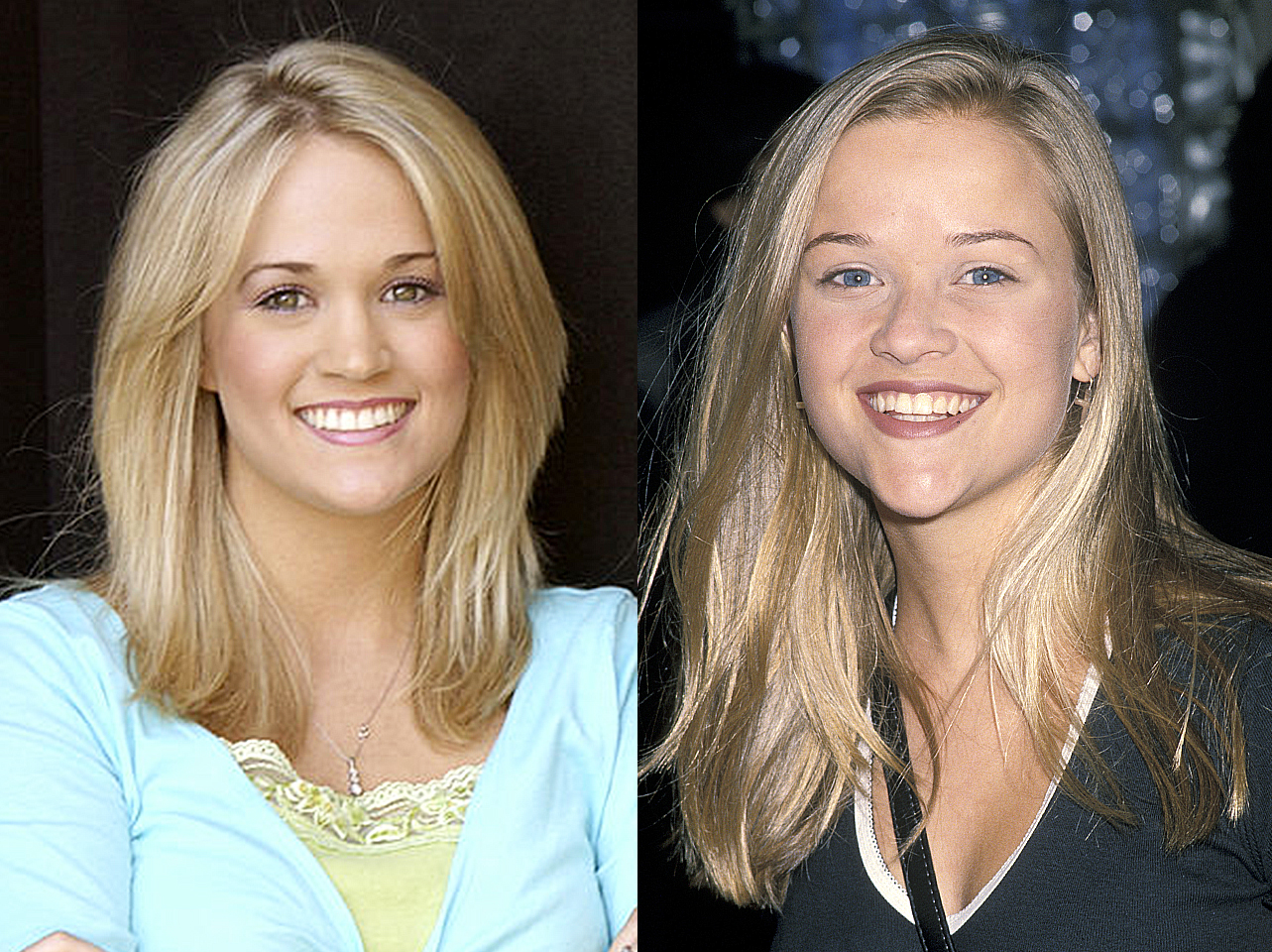
Reese Witherspoon and Carrie Underwood | Source: Getty Images
Fans have also reacted to their resemblance. “I thought Reese Witherspoon & Carrie Underwood were the same people for the longest time,” one person confessed. “I spent the whole of last night thinking Reese Witherspoon was Carrie Underwood,” another admitted.
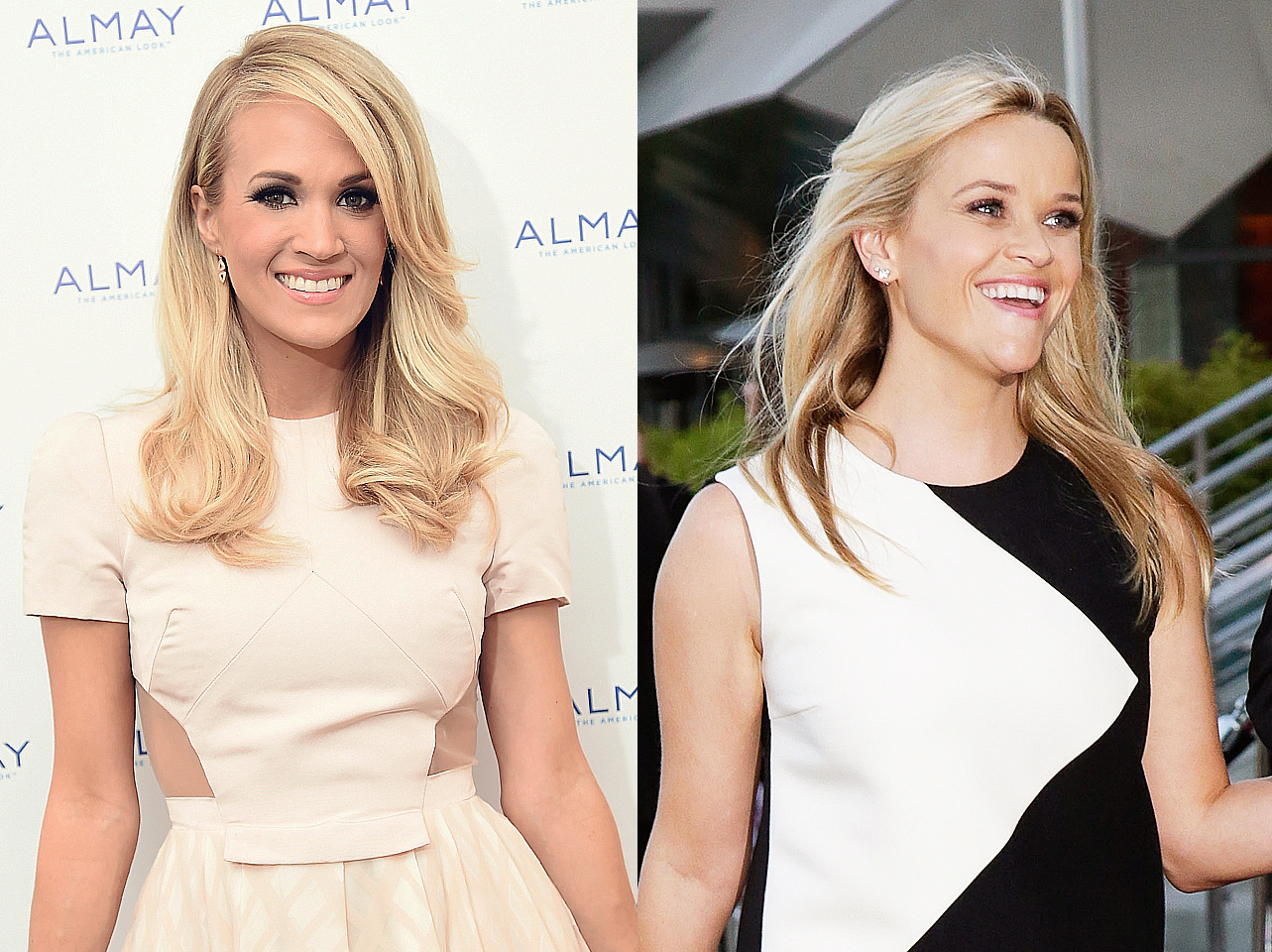
Carrie Underwood and Reese Witherspoon | Source: Getty Images
Mark Harmon and Tom Cruise
The resemblance between Mark Harmon and Tom Cruise is mindblowing. Both men have intense, piercing eyes, often described as one of their most striking features. Add to that their well-defined jawlines, and you have a pair that could easily pass for each other. Their smiles are another similar feature.

Mark Harmon in 1985 | Source: Getty Images
Over the years, both have had periods where their hairstyles were similar, adding to the resemblance. Mark is known for his role as Gibbs in “NCIS,” while Tom Cruise is famous for his roles in films like “Top Gun” and “Mission: Impossible.”

Tom Cruise on July 2, 2023 | Source: Getty Images
Both have also been recognized for their charm and good looks, earning a spot on People Magazine’s “The Sexiest Man Alive” list. Mark was the second ever to be featured on the list in 1986, following Mel Gibson who started the tradition in 1985. Tom graced the list a few years later in 1990.
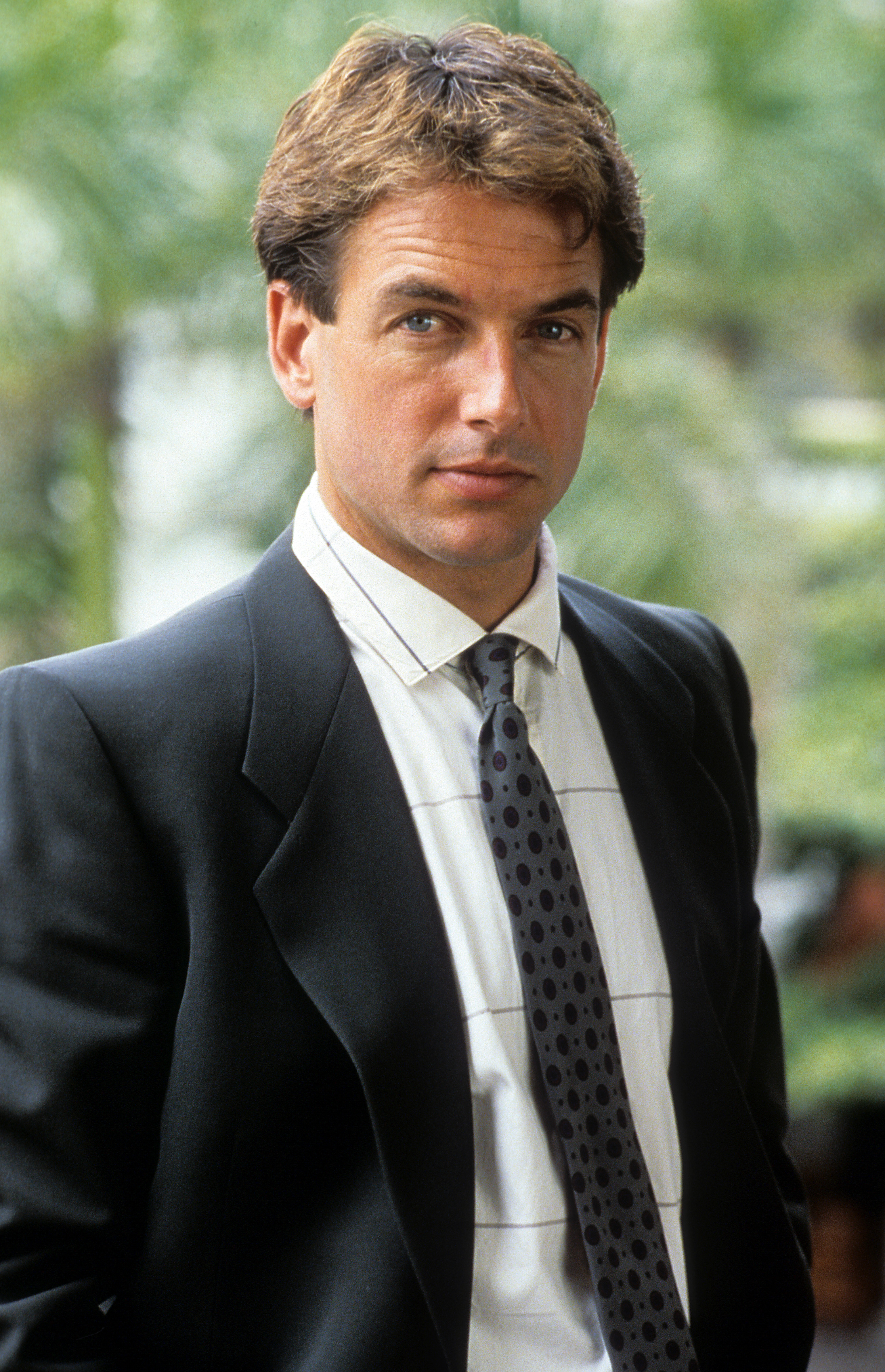
Mark Harmon in 1986 | Source: Getty Images
Fans over the years have pointed out their likeness. One fan noted, “Although I know he isn’t, Mark Harmon really seems like some distant relation to Tom Cruise. They are rather similar.” Another fan was questioned, “Is it just me, or do Tom Cruise and Mark Harmon look ridiculously similar?”

Tom Cruise on July 10, 2023 | Source: Getty Images
The most intriguing observation came from a fan who noted, “Mark Harmon is 72 years old. When he was younger he looked exactly like Tom Cruise. They both have the perfect Fibonacci sequence.”

Tom Cruise and Mark Harmon | Source: Getty Images
Celebrity culture is captivating, and the phenomenon of celebrity look-alikes makes it more fascinating. These stories and photos highlight the remarkable similarities between 11 pairs of celebrities, showcasing nature’s sense of humor.

Demi Moore and Courteney Cox on October 14, 2008 in Los Angeles, California | Source: Getty Images
From Mark Harmon and Tom Cruise’s identical smiles to the twin-like resemblance between Demi Moore and Courteney Cox, these pairs offer more than just a visual match—they share experiences and the comical confusions that come with being mistaken for one another.




